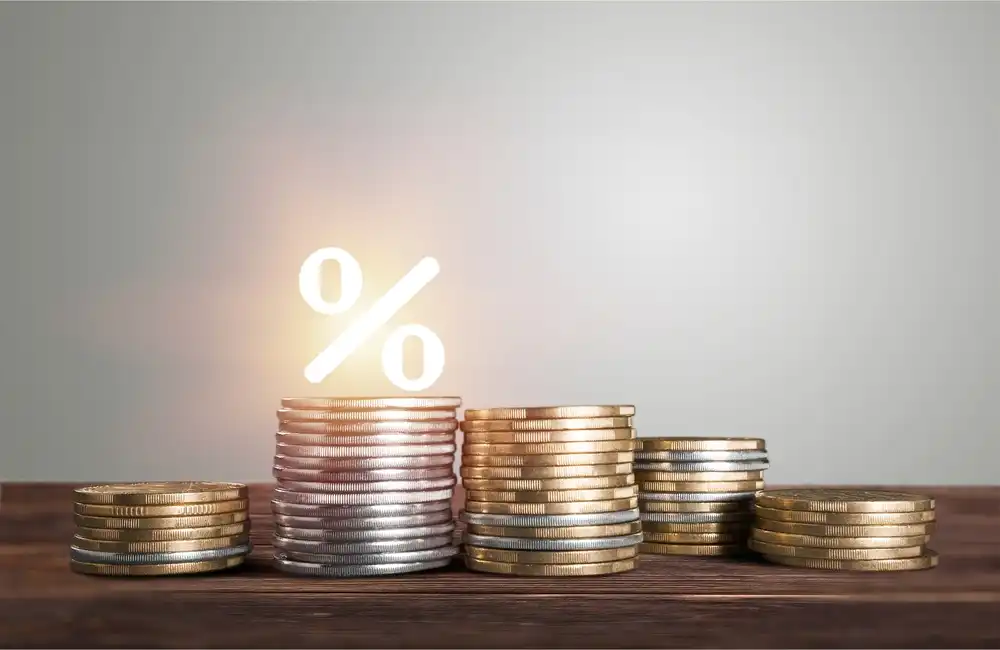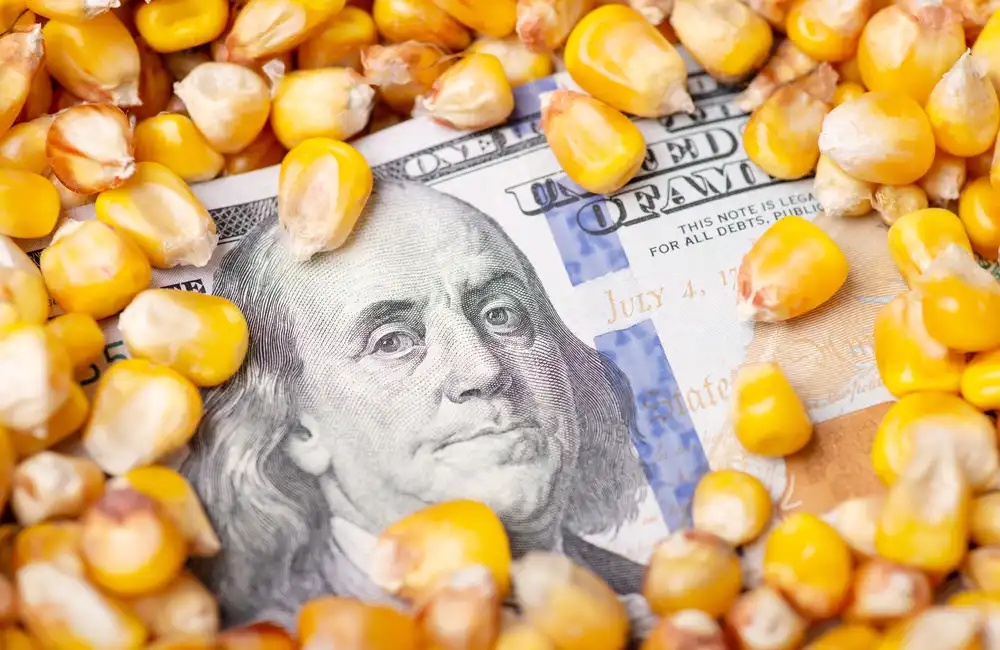Much like Japan, any long-standing stock market investors should have been burned at least once from exposure to commodities. By contrast, those who get their timing right could make bumper returns. Fleeting as they may be, commodities have a perverse allure, because they are so cyclical, like something a moth would be irresistibly drawn to. So, after two strong years, has it become too late to join the party? Our research indicates that in the coming decade plus various factors have converged to build a structurally positive backdrop which may set the stage for what could, eventually, rightly be termed a new supercycle.
Commodities and equities exposed to them have a habit of having very strong cycles whereby booms almost always lay the groundwork for busts, which in turn build the base for future recoveries. The commodity cycle tends to be more vigorous than most sectors, and with extra enthusiasm comes more volatility, followed by reticence from those burnt last time, making a condition for extra volatility the subsequent time too, as investment flows into any sector will top right at the peak of a cycle. Commodity markets have cycles of their own too, sometimes seemingly divorced from the broader economy or other equity sectors and, as such, is part of the appeal for many. The bottom table demonstrates this. One of the most well-known investable commodity indices is the S&P GSCI Index. It is, S&P says, “broad-based and production-weighted to represent the global commodity beta” and thus is a rough proxy for a basket of global commodities. We also add indices of global mining companies and global energy companies, and the MSCI All-Country World Index. It is readily appreciated that metals mining and energy companies tend to amplify the volatility of the S&P GSCI Index but can sometimes deliver vastly different returns.
2014 and 2015 were among the darkest and most brutal times for commodity-linked equities, including metals miners. As we will discuss, these are sufficiently recent in corporate history that they still shape the conduct of senior management of these companies. 2020 had its unique problems, but the table below shows that 2021 and 2022 were extremely good years for commodity markets. There are a few places across the asset classes that had such great returns in both of them, which we note were kinds of opposites as far as general equity market conditions are concerned.
No cycle is quite like the other, and this one is no exception. As we explained above, the natural resources and commodities sectors are inherently cyclical. It is fundamentally because the supply curve of oil production and mines is, relative to its demand curve, relatively inelastic to price changes. New extraction takes a long time to prospect, permit, and build. Therefore, if demand changes, it hurries through to the prices of commodities and it stays for a fair amount of time. As we show in the table above, as resource stocks have equity, this will tend to create more volatility, particularly given that equities are priced based on expectations of commodity prices and margins well into the future. Negative commodity markets through 2014 and 2015 pushed many very large mining companies to the verge. Companies had ramped up production and taken on heavy debt. Subsequent falls in commodity prices left many companies overstretched, slashing dividends and capex to pay interest or refinance debt.
It was a defining time for the mining industry, and company managements have since stayed fixed on disciplined capital allocation, reducing opaqueness from their balance sheets and dividends at the same pace as cashflows (rather than chasing progressive hikes). Even though these moves were key, many investors shunned the mining sector after such a self-inflicted and dismal period of performance. Meanwhile, the global mega-cap tech stocks held the interest of hordes of investors, the gift that kept giving — until 2022. At the same time, the soaring importance of ESG for many global investors meant that the sector was easier for many managers to forget entirely.
2020 was another heart-stopping moment for commodities, especially for energy companies. Big oil was, historically, an income stalwart for many portfolios. As the COVID-19 restrictions had an unprecedented impact on the reduction in economic activity, energy prices collapsed worldwide, and oil companies announced cancelled or greatly reduced dividends to try to ride out the downturn. This latest disappointment and uncertainty about the immediate future led many equity income funds to a further wave of selling of energy-related holdings. The growth of ESG-investing probably played a major role in the sector being shunned and, leading up to the end of 2020, oil firms were changing hands at historically cheap valuations.
You are right that company management's decisions regarding new projects and capital expenditure involve much more than share price, particularly in both the mining and energy sectors. In reviewing possible projects, the management team has to compare the returns expected on new projects versus repurchasing the company’s shares. At a fundamental level, if a company’s share price rating is low, the expected returns on capex must be elevated to justify capex as an attractive avenue for deploying the company’s capital. This is especially the case now that more of the long-term management incentive schemes are, quite properly in our opinion, structured much more towards long-term shareholder returns rather than growth for growth’s sake.
The near-extinction event experienced by many mining companies in 2015, a near-decade-long buyers’ strike by institutional investors, and the economic concern thrown into battered developed market consumer spending by Covid, is the context behind the current constrained supply picture in many commodities, both energy and metals. Company management has had every reason under the sun to kill potential projects, and relatively few to greenlight them. The graph below shows CapEx remains on the slide path from the 2016 peak. The same conditions persist heading into 2023, if not to a greater extent. And with miners facing high energy prices and the rest of the economy high inflation and high interest rates, it will take even more appealing returns from potential projects to outbid buybacks, for companies seeking to deploy capital. From the supply side, then, nothing seems to be emerging to take the big picture of increasingly constrained production off the table. This means that when any sustained rise in demand does occur, it should be able to have a large price impact, creating the conditions for a longer-term secular rise in the fortunes of the sector.
Dr Copper: a finger on three pulses
The Russia-Ukraine conflict is a useful and painful reminder of how a sudden change in the dynamics of supply and demand can have an outsized impact on the pricing of globally traded commodities when supply is constrained. Oil price shocks are not new. Copper is a key focus of many analysts in the metals and mining sector. The most productive and easiest-to-access copper resources are gradually being depleted, with only more challenging-to-tap deposits left in the further reaches of the globe. Many analysts say the market is growing tighter by the day. But the relatively strong price is not helping matters, and the effects of capex starvation since 2015 are now starting to bite. There is a wide breadth of issues at mines across the continent of South America, and production for 2023 is anticipated to fall well short of expectations, according to Goldman Sachs. Disruption caused by maintenance failures is the main reason operators are underperforming now, and they cite cuts to maintenance capex as the driving force behind this. This production undershoot, therefore, is self-inflicted and is an inflationary tailwind for prompt copper prices. As an example of another stubborn inflationary force at play, consider the Vale tailings dam disaster of January 2019, having only tightened the already adverse impact of safety and regulatory considerations, making production hikes year on year that much harder to engineer.
Against this relatively inflexible supply, we have the multi-decade-long investment in renewable energy generation capacity globally, meaning a marginal increment of copper demand. Governmental action, such as RePowerEU and the Inflation Reduction Act (IRA), has added materially to the trajectory of renewables’ build-out globally. For the long-term demand picture, two new large sources of demand, geographically dispersed, are probably the big development for copper. Maybe most critical is that with three economic blocs, i.e., China, the US, and Europe, vying for the metal to support a decades-long competitive edge in cheap carbon-free energy, the price may well be less volatile than at any time in the past. Traditionally, the biggest driver of copper demand was Chinese construction activity, which was itself pretty cyclical. The near-term prospect, from a copper demand standpoint, could not be more uncertain, with China reopening after Covid into a spluttering global economy. However, Goldman Sachs argues that this green structural surge in demand will “almost compensate for the cyclical slowdown…expect[sic] c. 2% growth in demand for copper and aluminium versus a contraction in previous recessions”. How this would create a huge gap in supply and demand starting around 2024 is illustrated in the graph below that is included in Goldman Sachs’ research.
Cost of carry
A sea change in macroeconomic conditions emerged in 2022. The US dollar gained, itself a damper on demand for US commodities, which are generally priced in dollars, across the globe. At the same time, global interest rates have climbed and inflation has affected nearly every part of the commodity production process on the cost side.
All of them are inflationary forces for commodity prices, together. One of the key effects of higher rates is that they raise the cost of holding stocks by producers, traders, and other market participants. At the end of 2022, inventories at London Metal Exchange warehouses were at 25-year lows, according to BlackRock. Stocks of aluminium, copper, nickel, and zinc available for sale slumped by more than two-thirds during the year. However, some of the supply constraints may have been hidden by destocking across the industry. If the surplus is working through the system and inventory is being liquidated so that the sector is less capital-intensive, supply constraints may begin to influence prices sooner and to a greater extent. Well, now that you'd have to bet on some sort of deep global economic recession being less likely, and with the massive destocking done and supply plenty unhinged, any of the normal sorts of recoveries in global demand for commodities should give signs of showing up sooner.
Diversification
There can be an attraction to the fundamentals of commodities by investors. But from a portfolio perspective, commodities exert strong attractions for their diversifying properties. Besides commodities’ fairly direct connection to inflation, they may serve as a useful hedge within investor portfolios on account of their natural exposure to the USD. On a real exchange rate basis, we note that the USD is structurally extremely expensive (graph below) and at a level not seen as far back as 2000. As the graph below indicates, real exchange rates not only tend to revert to mean over the medium to long term, but can also overshoot very significantly at times. This portends real risks to portfolios of global equities. As at 31/01/2023, US Equities make up a whopping 68% of the global equity benchmark; as such, the MSCI World Index possesses a pervasive inherent bias to the USD. Commodities tend to trade counter to the US dollar, so if we are entering a period of long-term USD weakness, they may be an attractive way to hedge this risk.
Other ways to benefit
One of which is strong commodity prices with a weak dollar, and that certainly lends itself to very strong performance from EM equities in this environment. It is also ironic that even commodity-importing countries, such as India, have stock markets that tend to see positive correlations with commodity prices. And for resource-producing nations especially, commodity rallies can also tend to see strong performance by domestically orientated firms in those economies. These tend to be better-run companies and are less volatile than the resource companies themselves, but still have the macro tailwinds of a strong currency and strong domestic growth.
As a continent, South America is under-weighed in EM indices and funds, but its economies are likely to be obvious beneficiaries of robust commodity prices, particularly in a weak USD environment. Two trusts provide pure exposure to the region within the investment trust universe. BlackRock Latin America (BRLA) - the fund is managed by Sam Vecht and Christoph Brinkmann. They see a positive read on the region for 2023, with Brazil setting itself up to cut rates later in the year after taking its medicine early. A cautious stance on commodities in the near term, taken at the beginning of the year — in line with a common belief that economic growth is likely to disappoint around the world — means that the portfolio continues to have a substantial direct exposure. The No. 1 holding is the Brazilian miner, Vale. In addition, the portfolio's consumption and financials stocks should benefit indirectly from any wealth effect that follows buoyant commodity prices.
ABRDN Latin American Income (ALAI) has a blend of equities and debt in the region, chasing yield as well as growth. The style bias of the equity portfolio is to quality growth and is normally underweight commodities. That suggests that the companies that will be chosen will be those with more pricing power and stronger and more proven balance sheets. Such are potentially appealing attributes in a climate of inflation. In a recent conversation with our managers, they pointed out that on the whole, companies in the region are more accustomed to this kind of environment (and to general political volatility) than those in the UK or its developed world counterparts. This week we published an updated note on the trust. Both ALAI and BRLA have done well over the past two years, as a result of commodity exposure in the region.



















